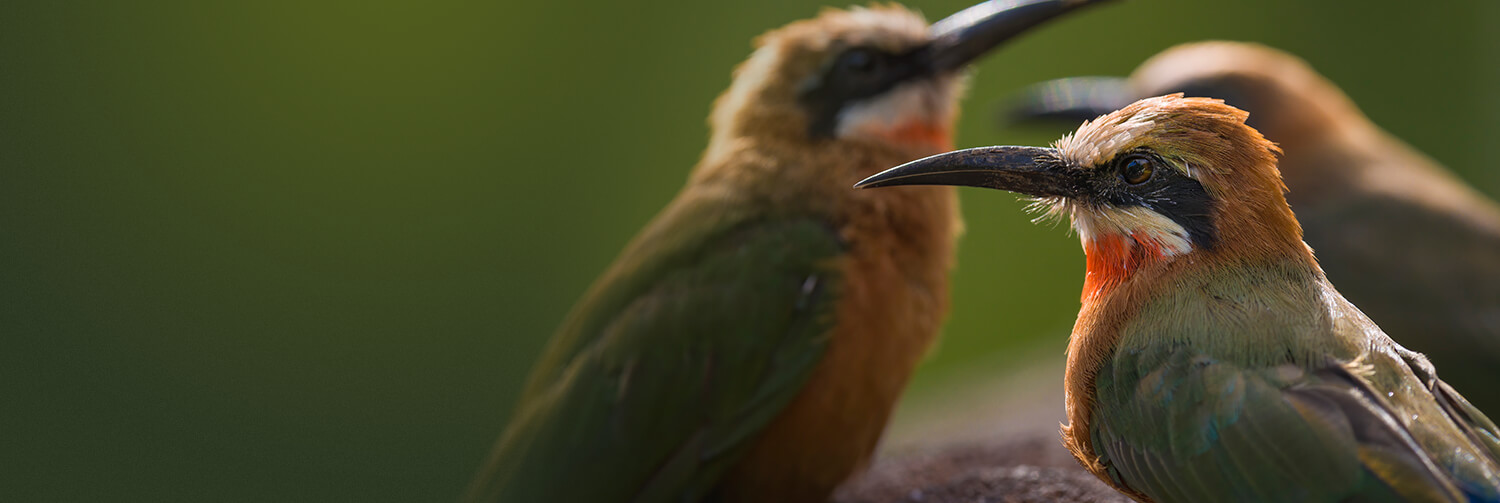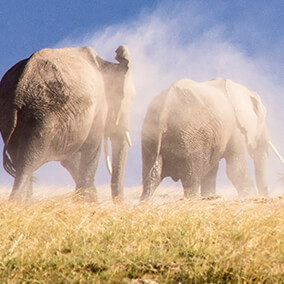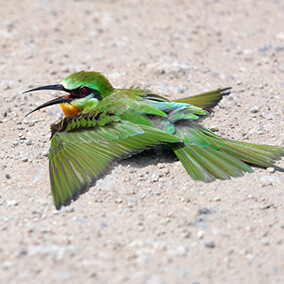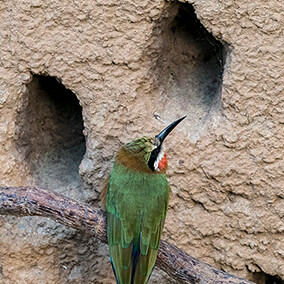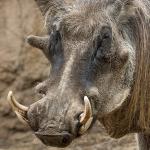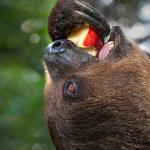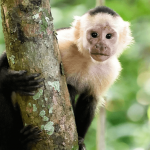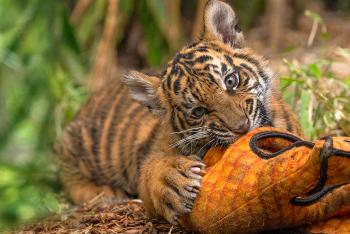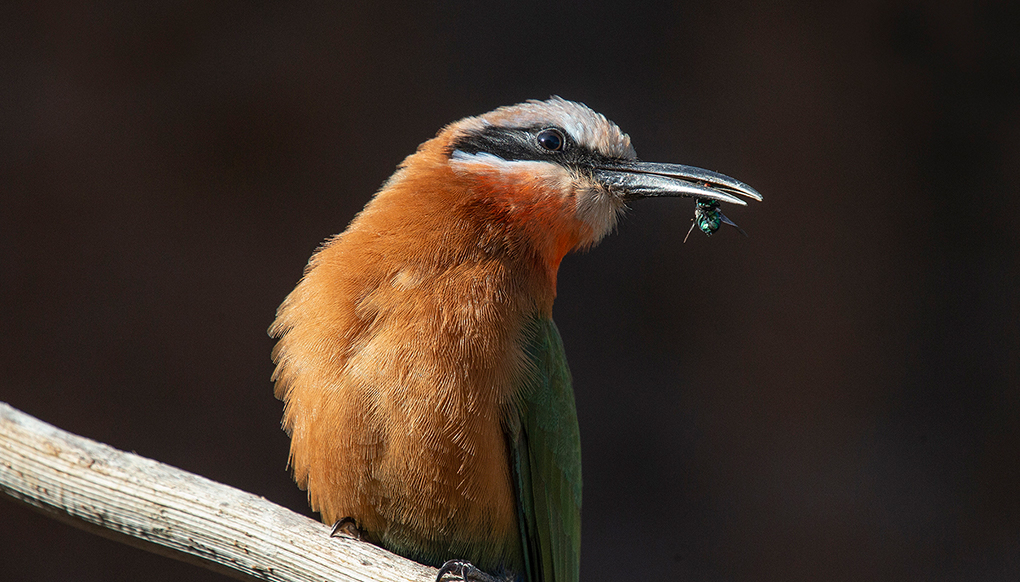
Bee-eaters

Birds


Stable
facts

Bees are a favorite, but bee-eaters eat other flying insects, too.

There are 22 species of bee-eaters, and they live in a variety of warm-climate habitats, ranging from rain forests to deserts.
description
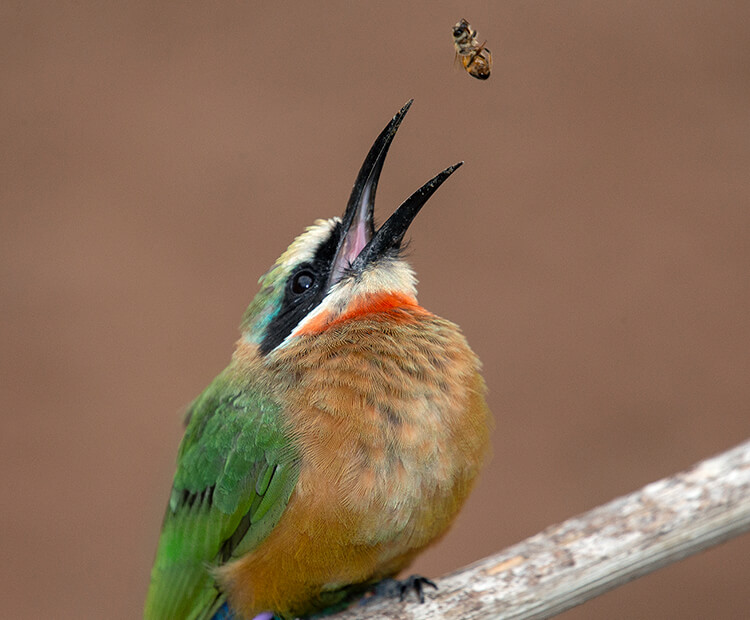
What's the buzz?
These fast, fierce birds fearlessly pluck bees (and other flying insects) out of the air in flight. First, they rap the bee’s head on a branch to stun it. Then, they rub the bee’s tail against a branch to remove the stinger and venom sac. They swallow the bee whole. Bee-eaters help keep insect populations in balance.
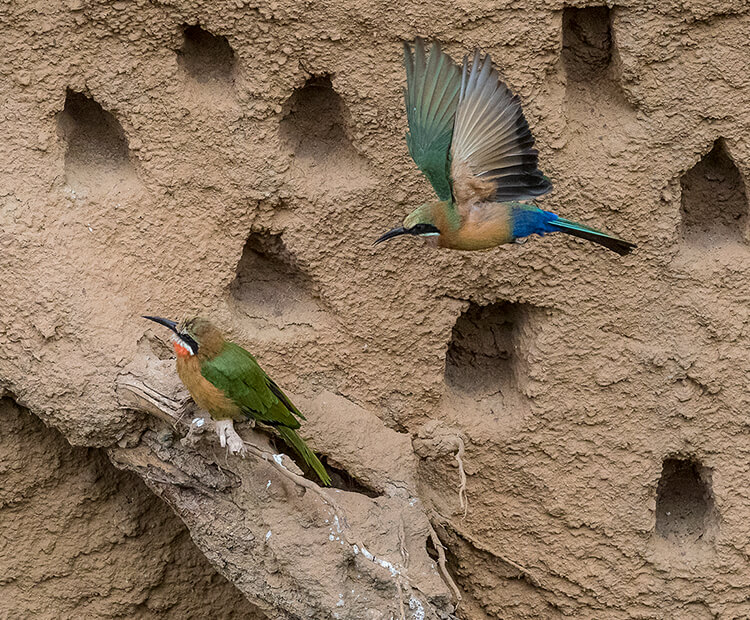
More the merrier
Bee-eaters sleep in nest holes deep in the earth or in cliffs. They dig the burrows with their feet. Many kinds of bee-eaters live in huge, busy colonies. They sleep inside their nest holes at night and travel to feeding areas during the daytime. During nesting season, they perch near the nest holes at dusk to visit, socialize, and pair up.

Help at home
Often, close relatives—both males and females—help parent pairs with the “kids.” They assist in digging a nest chamber, protecting the nest, bringing food, incubating eggs, and caring for young birds. Even adult, bonded pairs sometimes skip a breeding season to help their relatives instead.

